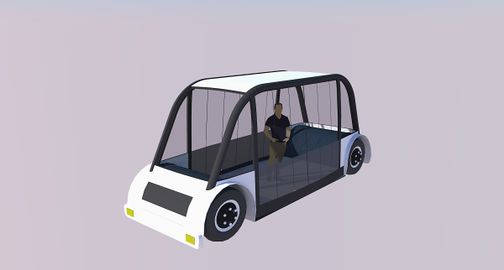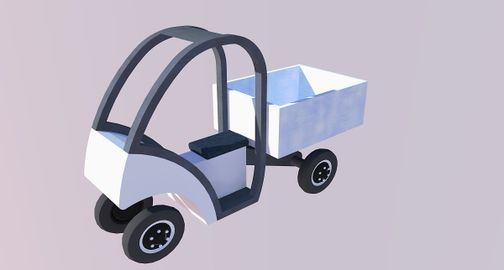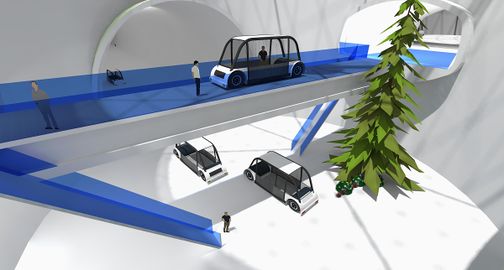Mobility
As the settlement grows, transportation and mobility requirements will grow. From simply walking from one area to another in an original exploration base, delivery and transport vehicles will be required for heavier loads in larger settlements. As distances grow longer, for example from a spaceport to a living area, or from a deep tunnel settlement to a surface greenhouse, transportation systems will be needed..
Walking
Walking on Mars should be possible, and less hard on the knees. Some adjustment will be required as inertia will remain the same but weight will go down, so cornering at high speeds will take new skills. Good planning should prevent some of the errors of recent urbanism while promoting the good points of walkable cities and communities[1]. It is likely that as much exercise as possible is desirable for people on Mars, so walking, (and carrying heavy loads), may be encouraged whenever practical.
- The lower gravity of Mars modifies the walking gait past certain velocities(reference).
Bicycles
Electric vehicles
There is no point to introducing hydrocarbon burning vehicles to Martian cities. Electrically powered vehicles are always more efficient in this context. Small delivery vehicles as well as pallet loaders should appear fairly soon in the settlement history. Electrical self driving vehicles should be a reality by the time a Martian settlement is built, and could be used in a transit system similar to what has been proposed by The Boring Company of Elon Musk[2].
Subways
Mass transit systems such as subways will be in competition with individual self driving vehicles. Future self driving vehicles may have the characteristic that they can exit the transit system and provide full point to point transportation. This may or may not be an advantage depending on the design of Martian settlements, and the amount of walking done by the citizens.
- Some new transit systems no longer require a driver on the trains.
- High frequency of smaller trains may provide similar throughput to larger vehicles.
- Autonomous driving may allow the merging of subways and individual vehicles with similar maximum throughputs to subways and higher system variability.
- The use of individual vehicle called up by cell phones (Uber) and self driving vehicles may offer an extremely flexible solution to the question of transit on Mars.
- The ownership of the vehicles, the cost of the transit system infrastructure, the maintenance and safety of individual vehicles are all issue to be addressed both on Earth and on Mars.
References
- ↑ Car free cities- http://www.carfree.com/
- ↑ https://www.boringcompany.com/









